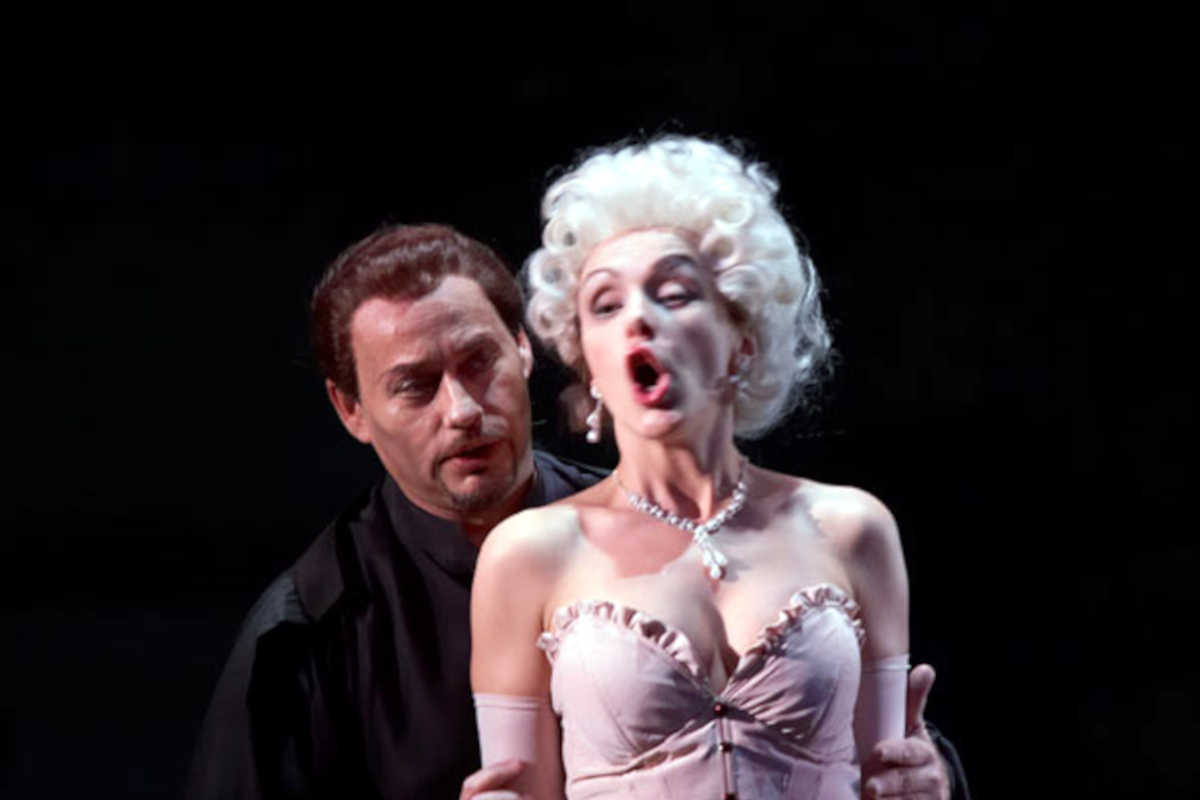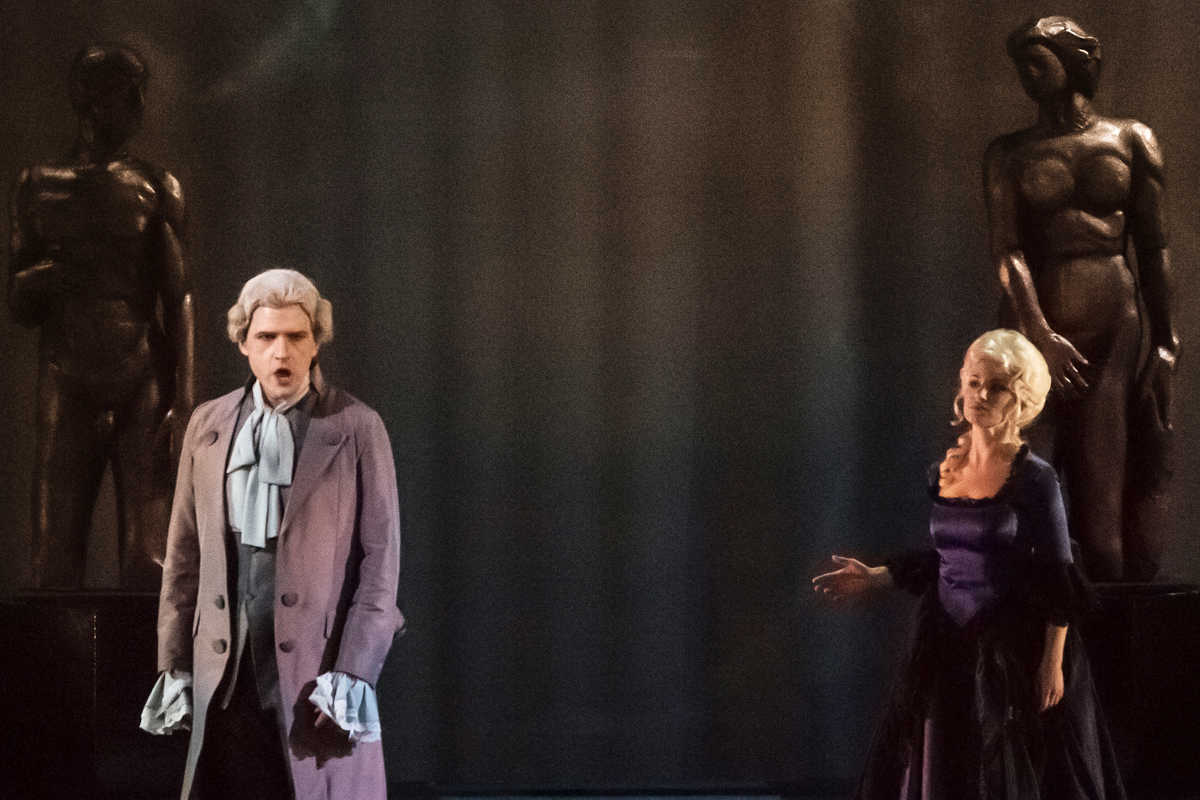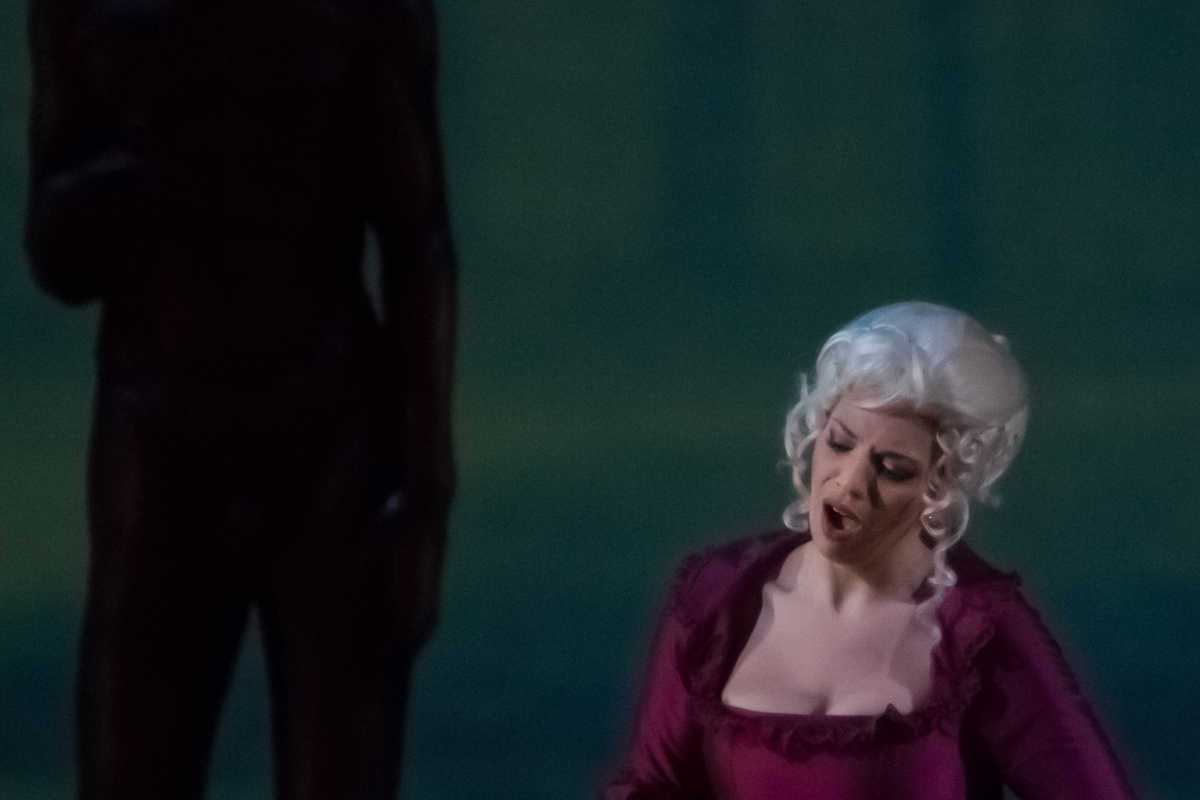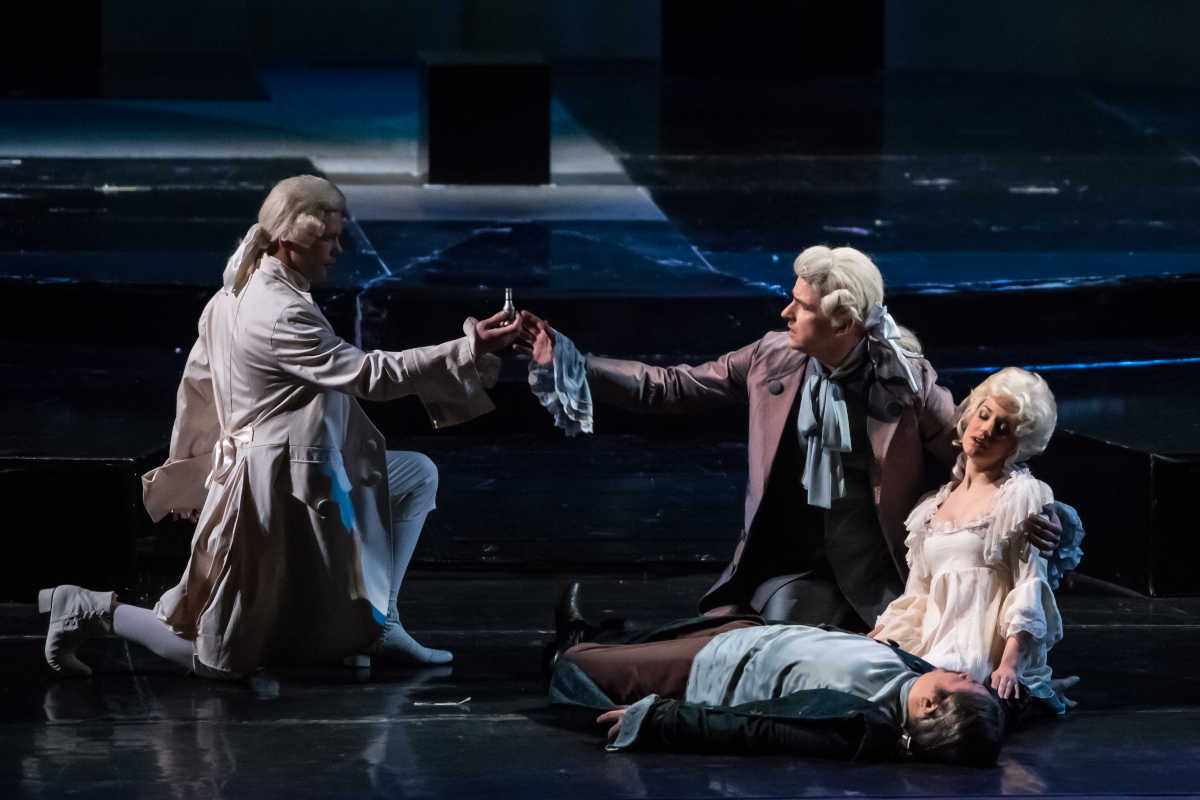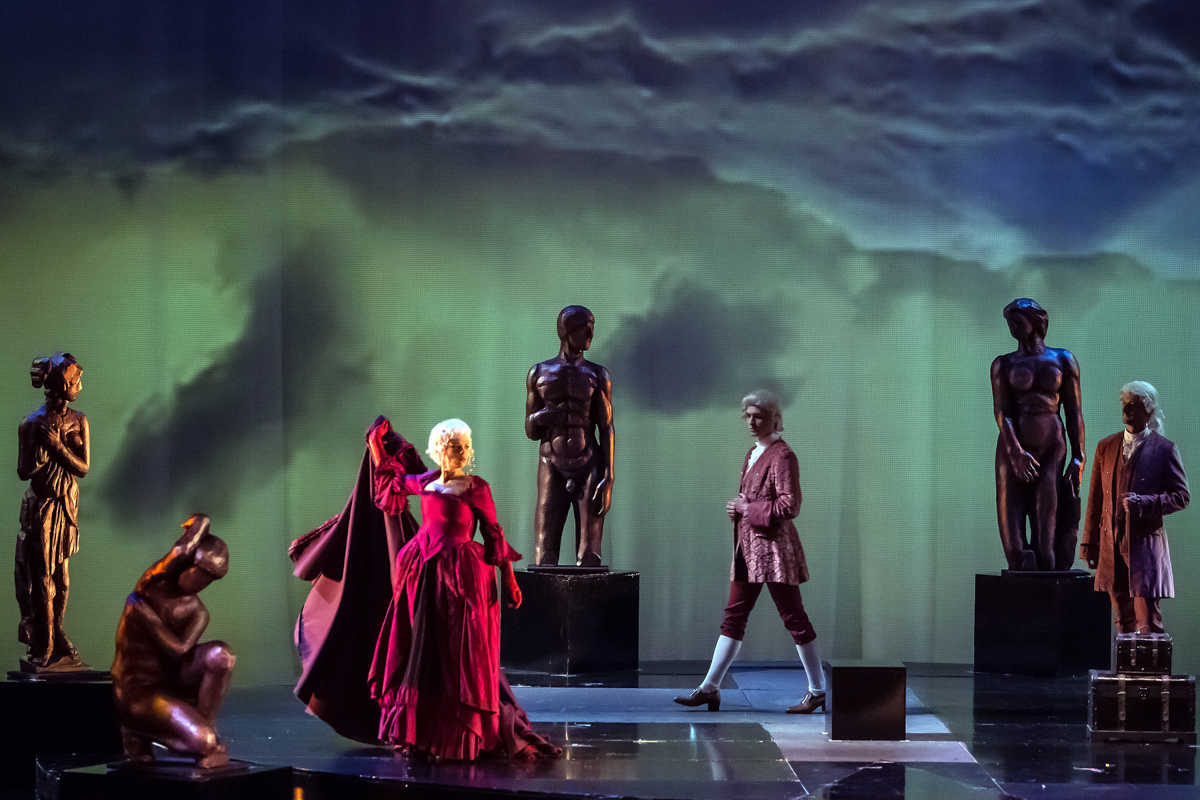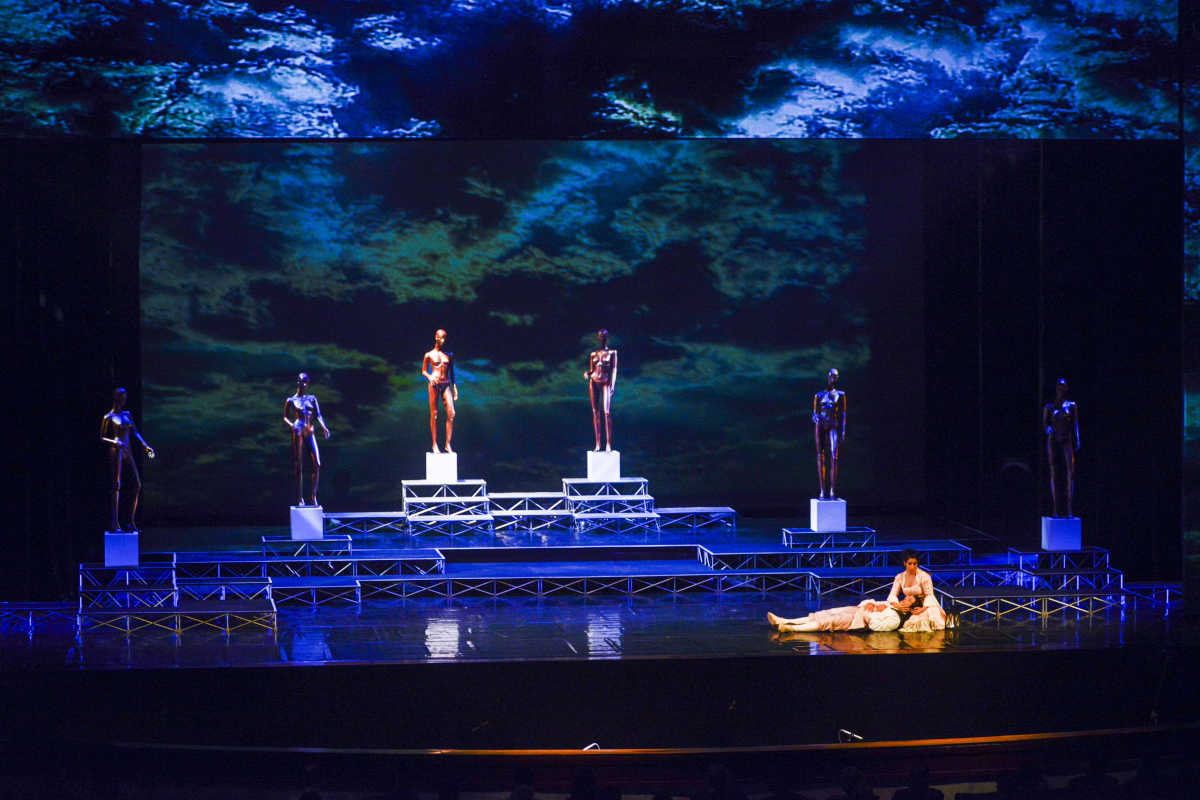Wolfgang Amadeus Mozart
Don Giovanni
My first direction of Mozart’s Don Giovanni was staged in 2006 at the Serbian National Theater in Belgrade and coincides with my debut in the Republic of Serbia. This appointment holds special significance for me, as Serbia is the birthplace of my mother and my grandparents. Having had, therefore, the opportunity to bring my work as a director, as well as a set designer and costume designer, in the most important theater in the nation and moreover with the opera title which, perhaps more than any other, lends itself to being broken down and eviscerated thus giving vent to my analytical nature, legacy of my university studies in psychology, has been a source of pride and joy for me.
Later on other Don Giovanni productions took place at the National Opera and Ballet Theater in Skopje and Bangkok’s International Festival of Dance and Music.
cast

Marco Berdondini

Paolo Coni
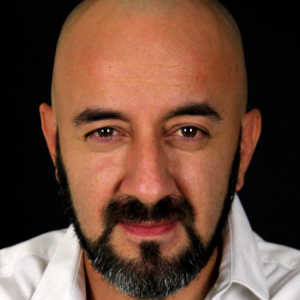
Dragoljub Bajić

Sanja Kerkez

Dejan Maksimović

Suzana Savić

Lisandro Guinis
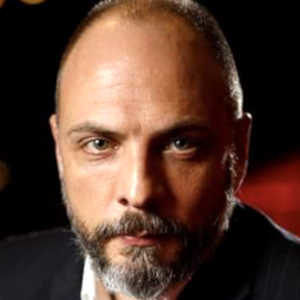
Nebojša Babić

Dragana Tomić
creators
Wolfgang Amadeus Mozart (1756–1791) was the son of a Salzburg court musician who exhibited him as a musical prodigy throughout Europe. His achievements in opera, in terms of beauty, vocal challenge, and dramatic insight, remain unsurpassed. Librettist Lorenzo Da Ponte (1749–1838), who led an adventurous life in Venice and Vienna, also collaborated with Mozart on Le Nozze di Figaro and Così fan tutte. He later emigrated to America, where he served as the first professor of Italian at New York’s Columbia College (now University).

Wolfgang Amadeus Mozart
Stage director
Costume designer
set designer
lighting designer
producers
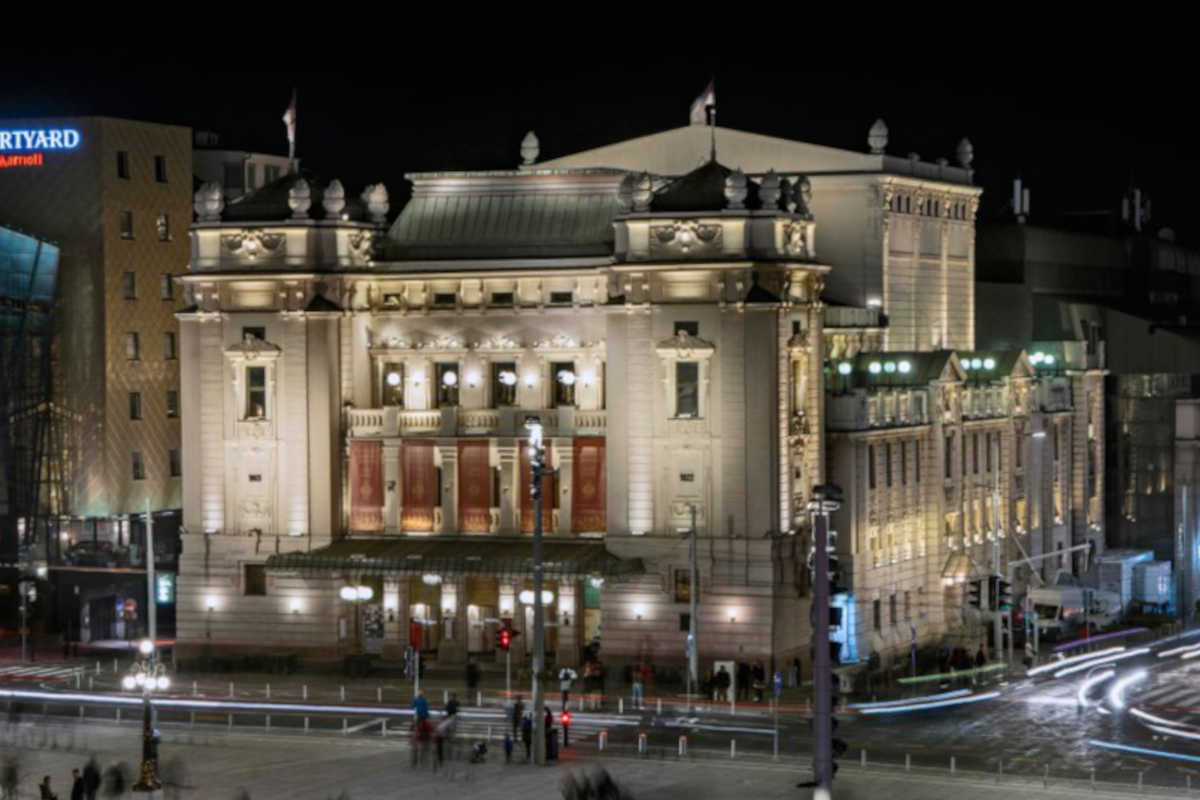
The National Theater in Belgrade is located on Republic Square in the very center of the city. It was founded in 1868. The national Opera, Ballet and Drama ensambles function within it, and the performances take place on the Grand Stage and the “Rasa Plaovic” Stage. It is today one of the most representative and most important cultural institutions in Serbia.
In 1900, in the Novi Sad newspaper Pozorište, this theater was called the Royal Serbian National Theater in Belgrade. Today, after the period of communism, the name of the theater does not mention the king or the Serbian name.
The opera ensemble was founded before 1947 and premiered on May 9, 1947 with the opera Cavalleria Rusticana by Mascagni. The ballet ensemble was established in 1949 and premiered on January 27, 1949 with the production “Walpurgis Night”. At that time, both ensembles were part of the Macedonian National Theater.
This model of theatrical organization (drama-opera-ballet, popularly called Austro-Hungarian) was changed in 2004, when MNT retained the drama ensemble, and opera and ballet became a separate organization called the Macedonian Opera and Ballet (MOB). In 2018, the name of the MOB was changed to “National Opera and Ballet” or abbreviated “NOB”.
After the devastating Skopje earthquake of 1963, the MNT together with the Opera and Ballet was initially moved to the “Central Theater” and in the 80’s to a newly built building.
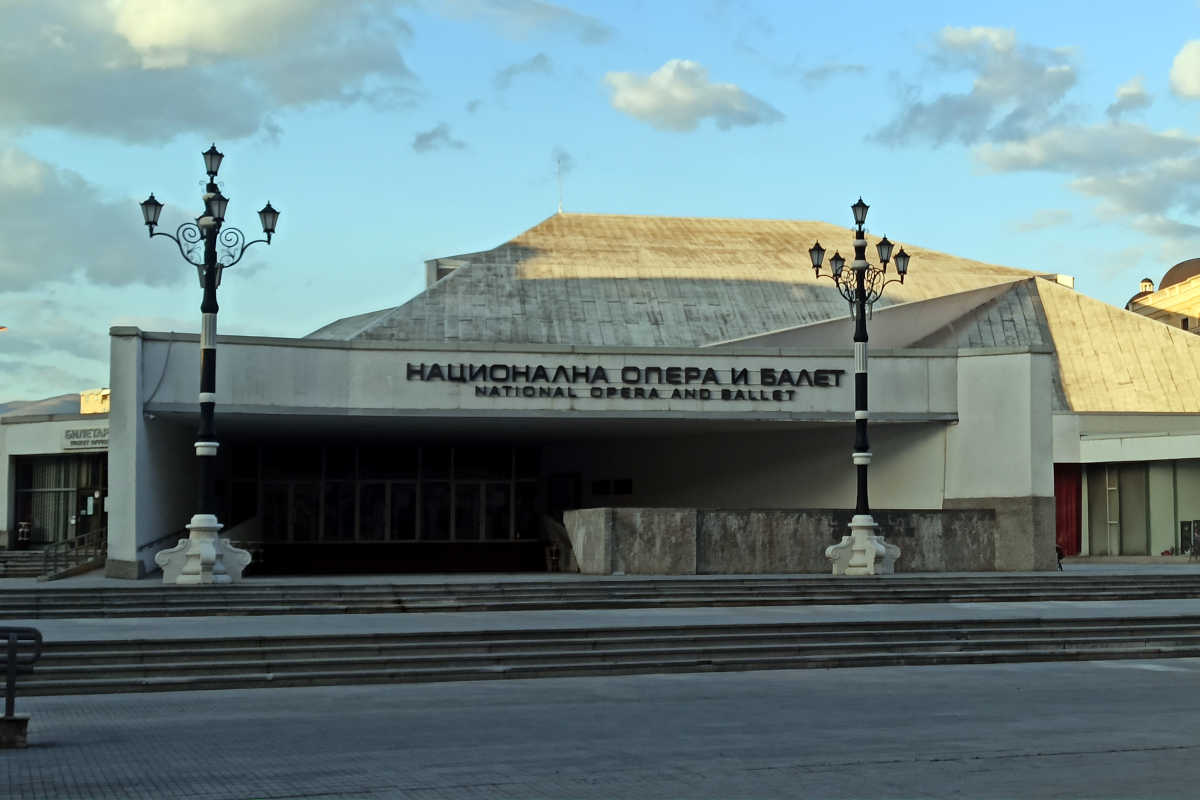
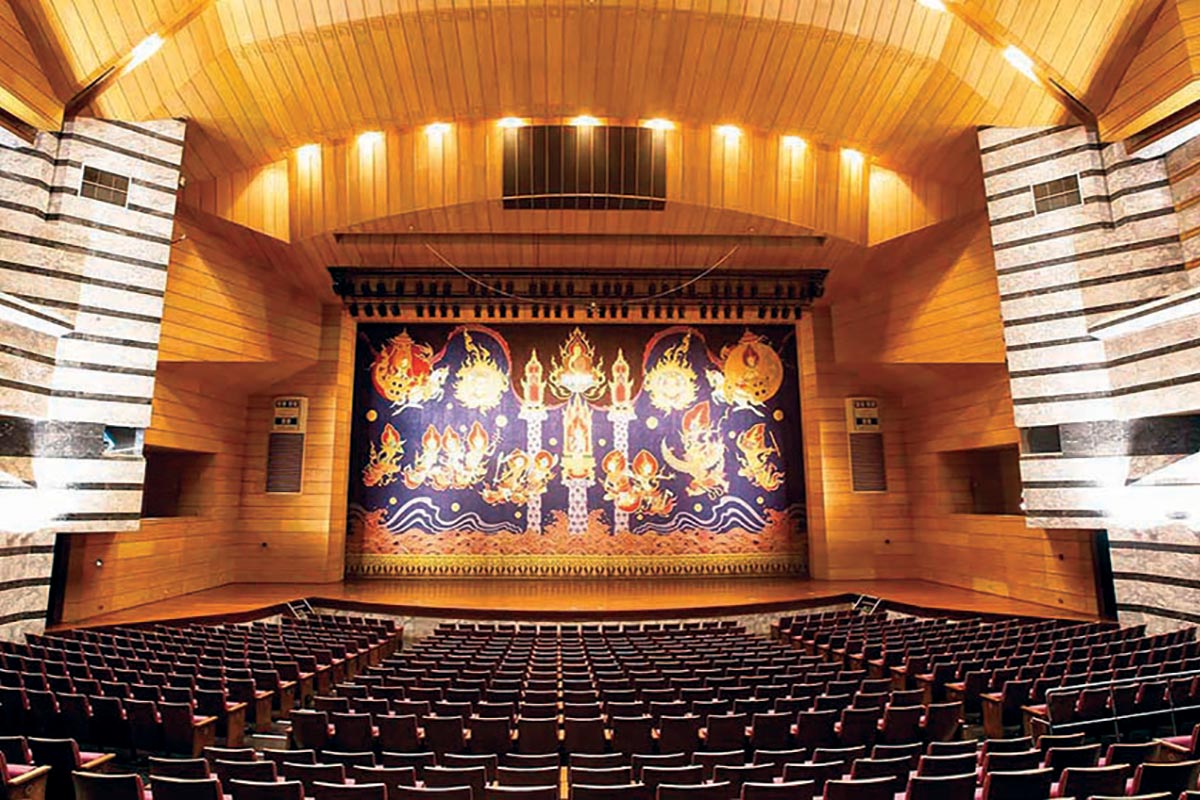
Bangkok’s International Festival of Dance & Music began in 1999 to commemorate the 6th cycle birthday of His Majesty King Bhumibol Adulyadej. From its inception in 1999 to 2004, H.R.H. Princess Galyani Vadhana Krom Luang Naradhiwas Rajanagarindra was the Honorary Chairperson and then from 2004 until Her demise was its Royal Patron. From May 2008 H.R.H. Princess Maha Chakri Sirindhorn took over as the Royal Patron. All performances take place at the Thailand Cultural Centre, which is a performing arts venue in Huai Khwang District, Bangkok, Thailand.
The Thailand Cultural Centre opened on 9 October 1987 as part of celebrations for King Bhumibol’s 60th birthday.
The venue consists of two auditoriums and one outdoor stage and is used for various live performances year round. The main hall is a 2,000-seat auditorium, and is used for stage presentations, concerts, and conferences.
photos & videos

